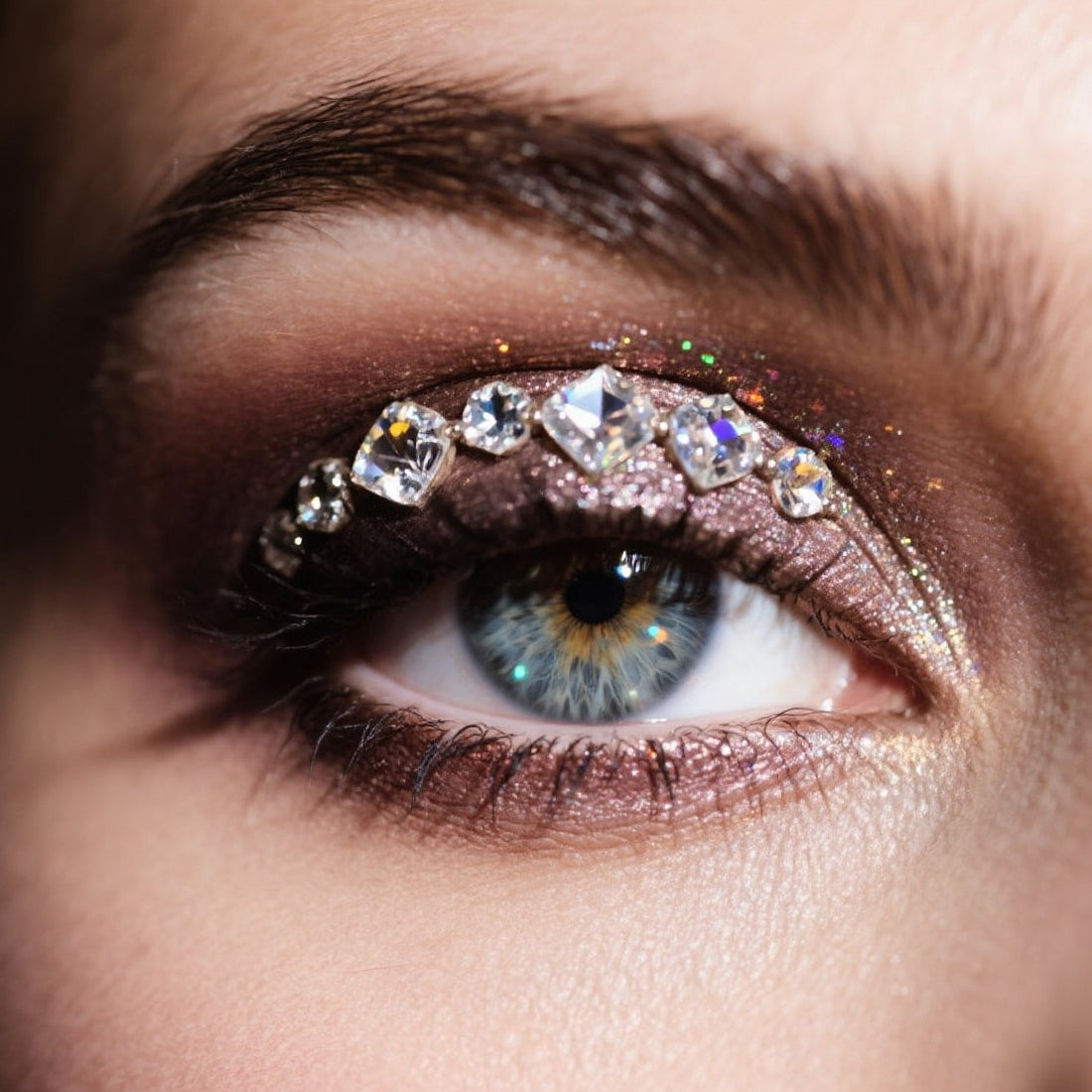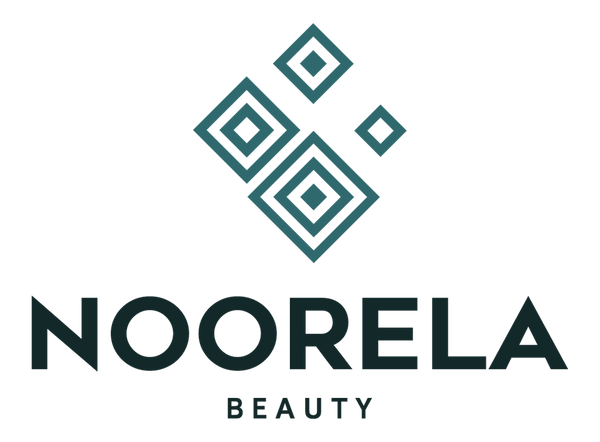
The Real Deal on the Best Brushes for Eyes: A Guide for Precision, Blending, and Bold Looks
If you’ve ever found yourself frustrated by patchy shadow, muddy blending, or lack of definition—chances are the problem isn’t your eyeshadow, it’s your brush. The best brushes for eyes don’t just apply pigment; they sculpt, define, and elevate your entire look. Yet with hundreds of options out there, it’s easy to feel overwhelmed.
This eye brushes guide strips away the marketing noise to get into what actually matters—shape, density, material, and control. Whether you're looking for great eyeshadow brushes for everyday use, the top eye brushes for a full glam night, or just trying to find the best eye crease brush, this is where you start.
Why Eye Brushes Are More Important Than You Think
Vogue’s Beauty Director Celia Ellenberg put it best: “You can have the most luxurious eyeshadow palette on the market, but without the right brush, you’re just moving pigment around.” Eyeshadow is a technical product, and using the right brushes for eyes turns a mess into a masterpiece.
This means you need different tools for different jobs. You wouldn't paint a portrait with a house brush—so why blend your crease with a flat shader?
1. The Core Types of Eye Brushes and What They Do
🖌️ Flat Shader Brush
-
Purpose: Packing pigment onto the lid
-
Why It Works: Firm bristles ensure intensity
-
Use: Pressing shimmer or matte shadows directly to the lid
🖌️ Tapered Blending Brush
-
Purpose: Seamless blending in the crease and outer corner
-
Why It Works: Fluffy tip diffuses color without over-sheering it
-
Use: Ideal for transition shades and building depth
🖌️ Pencil Brush
-
Purpose: Detail work — inner corner, lower lash line, precise smudging
-
Why It Works: Small, pointed tip gives surgical control
🖌️ Angled Brush
-
Purpose: Liner application or brow defining
-
Why It Works: Sharp angle mimics the precision of a felt-tip pen
If you want the best eye crease brush, look for a tapered dome shape with medium density — stiff enough to place pigment, soft enough to blend.
2. Synthetic vs. Natural Hair: What Pros Really Use
The age-old debate: natural or synthetic? Here's what you need to know.
-
Natural hair picks up powder pigment well and is ideal for soft blending.
-
Synthetic fibers, especially new-gen vegan ones, outperform when it comes to cream or shimmer formulas — and they’re cruelty-free.
Most modern pros, including those working with Allure’s Best of Beauty winners, now use high-quality synthetic eye brushes for hygiene, durability, and better performance across textures.
3. The Eye Brushes Guide to Building Your Core Set
You don’t need 30 brushes. What you need is a solid, curated set:
-
One flat shader
-
Two blending brushes – one fluffy, one precise
-
One pencil brush
-
One angled brush for liner or brows
This minimalist set gives you full control over shape, detail, and dimension — the hallmark of top eye brushes. Beauty editor Rio Viera-Newton says, “A smaller, smarter toolkit is always better than a bloated one full of duplicates.”
4. Technique > Product: What Makes Great Eyeshadow Brushes?
In a blind test by Refinery29, makeup artists were given a mix of high-end and mid-range eye brushes (label-free). Results showed that shape and balance mattered more than brand name. Brushes that:
-
Held their shape over time
-
Offered a balanced grip
-
Had tapered bristle edges
… consistently outperformed their pricier peers. A great eyeshadow brush feels intuitive in your hand — not just beautiful on your shelf.
5. How to Use Eye Brushes Like a Pro (But in Real Life)
You’ve got your tools. Now what? A step-by-step for real-world application:
-
Lay down a transition shade using your fluffy blender — soft windshield-wiper motions.
-
Pack your lid color with a flat brush — use tapping, not sweeping.
-
Deepen the crease with a smaller blender — focus on the outer “V.”
-
Smudge liner or lower lash line with a pencil brush — use short strokes.
-
Clean up edges with a clean brush or just your finger to soften.
The key to using the best brushes for eyes is understanding that different areas of the eye need different pressure and motion.
6. Cleaning, Storage, and Shelf Life
Even the top eye brushes fail if they’re not maintained. Wash your brushes weekly (especially cream-use ones) with a gentle brush soap or baby shampoo. Let them dry hanging downward or flat — never upright while wet.
Storage matters too. Keep brushes in an open-air case or holder to prevent bacteria buildup.
7. Looking for a Brush That Does It All?
If you're in the market for a brush that combines precision, luxury, and durability, the Noorela Beauty Diamond Eyeshadow Brush is worth exploring. Designed with input from professional MUAs, it offers fine-tuned control for both packing and blending — and it’s crafted with premium cruelty-free fibers that outperform many prestige natural hair brushes.
Its pointed dome shape gives it the versatility to function as both a shader and a crease blender — making it a core part of any intelligent brush wardrobe.
Final Thoughts
Great makeup starts with great tools. Whether you’re building your first set or refining your pro kit, knowing what makes the best brushes for eyes isn’t about hype — it’s about structure, technique, and feel.
Let this eye brushes guide be your no-nonsense map through the beauty tool jungle. And if you’re ready to step up your precision game, the Noorela Beauty Diamond Eyeshadow Brush is a reliable, pro-level companion that speaks quality without needing to shout.
✅ Final Keywords:
-
best brushes for eyes
-
eye brushes guide
-
great eyeshadow brushes
-
top eye brushes
-
best eye crease brush


